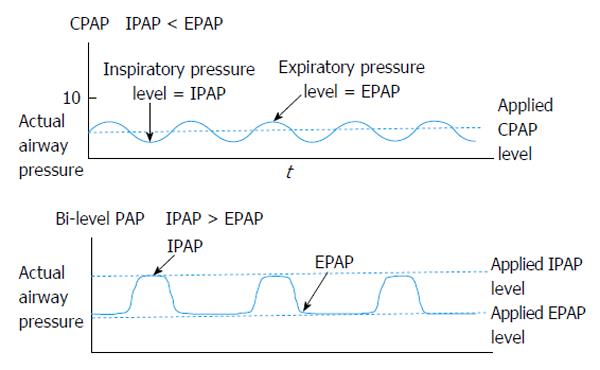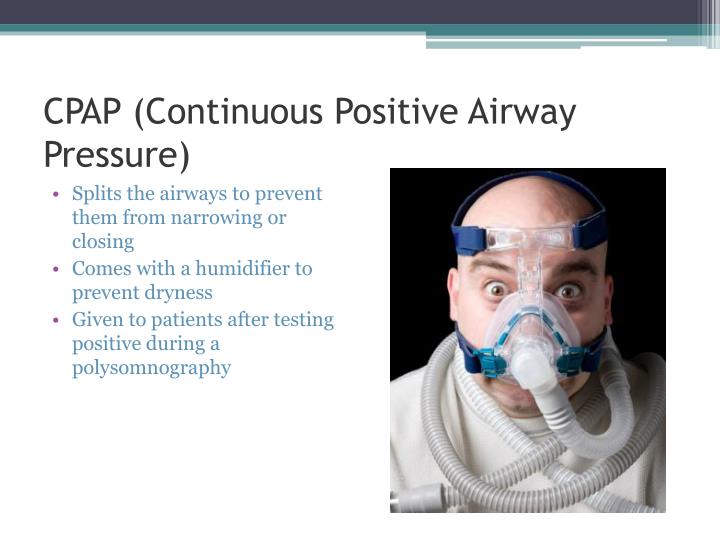Pressure positive airway continuous cpap devices types market machine breathing bipap different insights premium press release
Table of Contents
Table of Contents
Continuous positive airway pressure (CPAP) therapy is a treatment for sleep apnea and other breathing disorders. It involves using a machine that delivers a constant stream of air pressure to keep the airways open during sleep. With the rise of data analysis, CPAP therapy has become easier to monitor and adjust to ensure maximum effectiveness.
For those who suffer from sleep apnea, CPAP therapy can be life-changing. However, compliance can be difficult due to discomfort, inconvenience, and cost. Additionally, the effectiveness of the therapy can vary depending on the individual and the severity of their condition. This is where data analysis comes in to play to help improve compliance and determine effectiveness.
The goal of CPAP therapy is to keep the airways open during sleep to prevent apneas and hypopneas. Data analysis can help determine if the therapy is effective in achieving this goal. By tracking usage data, airway pressure, leak rates, and other metrics, adjustments can be made to ensure optimal effectiveness.
In summary, CPAP therapy can be life-changing for those with sleep apnea, but compliance and effectiveness can be challenging. With the help of data analysis, compliance can be improved, and effectiveness can be monitored and adjusted as needed.
How Data Analysis Improves CPAP Therapy
As someone who has struggled with sleep apnea and using a CPAP machine, I can attest to the benefits of data analysis. By tracking my usage data, I was able to see when and why I was removing my mask during the night. With this information, I was able to adjust my mask fit and make other changes to improve compliance and effectiveness.
Data analysis can also provide insights into the effectiveness of the therapy. By monitoring airway pressure and other metrics, adjustments can be made to ensure the therapy is achieving its intended goal of preventing apneas and hypopneas.
The Importance of Proper CPAP Therapy
Proper CPAP therapy is essential for improving sleep apnea symptoms and overall health. In addition to improving sleep quality, it can also reduce the risk of developing related health issues such as heart disease and stroke.
However, compliance and effectiveness can be challenging, which is where data analysis comes in to play. By monitoring and adjusting the therapy as needed, individuals can improve compliance and ensure maximum effectiveness.
Types of CPAP Machines
There are several types of CPAP machines available, including fixed pressure, auto-titrating, and bi-level machines. Fixed pressure machines deliver a constant air pressure, while auto-titrating machines adjust the pressure based on the individual’s needs. Bi-level machines deliver two different levels of pressure, making it easier to exhale.
The Benefits of Data Analysis for CPAP Therapy
The benefits of data analysis for CPAP therapy are numerous. By tracking usage data and other metrics, individuals can improve compliance and effectiveness, leading to better sleep quality and overall health. Additionally, data analysis can help identify issues with the therapy, such as mask fit or air leaks, and adjustments can be made to improve comfort and effectiveness.
Question and Answer
Q: How long does it take to see the benefits of CPAP therapy?
A: It can take several weeks to see the full benefits of CPAP therapy. However, many individuals report improved sleep quality and reduced daytime fatigue within the first few days of use.
Q: How do you know if your CPAP machine is set up correctly?
A: It is essential to have your CPAP machine set up by a healthcare professional to ensure it is delivering the proper air pressure and mask fit. Additionally, data analysis can help determine if any adjustments are needed.
Q: Can CPAP therapy be uncomfortable?
A: Yes, CPAP therapy can be uncomfortable, especially in the beginning. However, there are several types of masks available, and adjustments can be made to improve comfort. Additionally, data analysis can help identify issues with mask fit and other factors that may contribute to discomfort.
Q: Is CPAP therapy covered by insurance?
A: CPAP therapy is often covered by insurance. However, coverage may vary depending on the individual’s specific policy and diagnosis.
Conclusion of Continuous positive airway pressure therapy and data analysis
Continuous positive airway pressure (CPAP) therapy can be life-changing for those with sleep apnea, but compliance and effectiveness can be challenging. With the help of data analysis, compliance can be improved, and effectiveness can be monitored and adjusted as needed. By tracking usage data, airway pressure, and other metrics, individuals can improve sleep quality and overall health.
Gallery
Continuous Positive Airway Pressure Therapy | Nursing Information

Photo Credit by: bing.com / pressure continuous positive airway therapy
Mechanism Of Action Of Continuous Positive Airway Pressure Therapy IV

Photo Credit by: bing.com / airway pressure positive continuous therapy iv
Continuous Positive Airway Pressure (CPAP) Devices Market

Photo Credit by: bing.com / pressure positive airway continuous cpap devices types market machine breathing bipap different insights premium press release
Continuous Positive Airway Pressure (CPAP) -Therapie

Photo Credit by: bing.com / cpap apnea airway nasal sleepers suffering bipap snoring therapie hable dificultades prism somsak eyeem using copd galeon fitnesslifestylehealthclub
Positive Airway Pressure Therapy For Heart Failure

Photo Credit by: bing.com / pressure airway positive continuous bi level therapy 1175 wjc heart failure v6 i11


